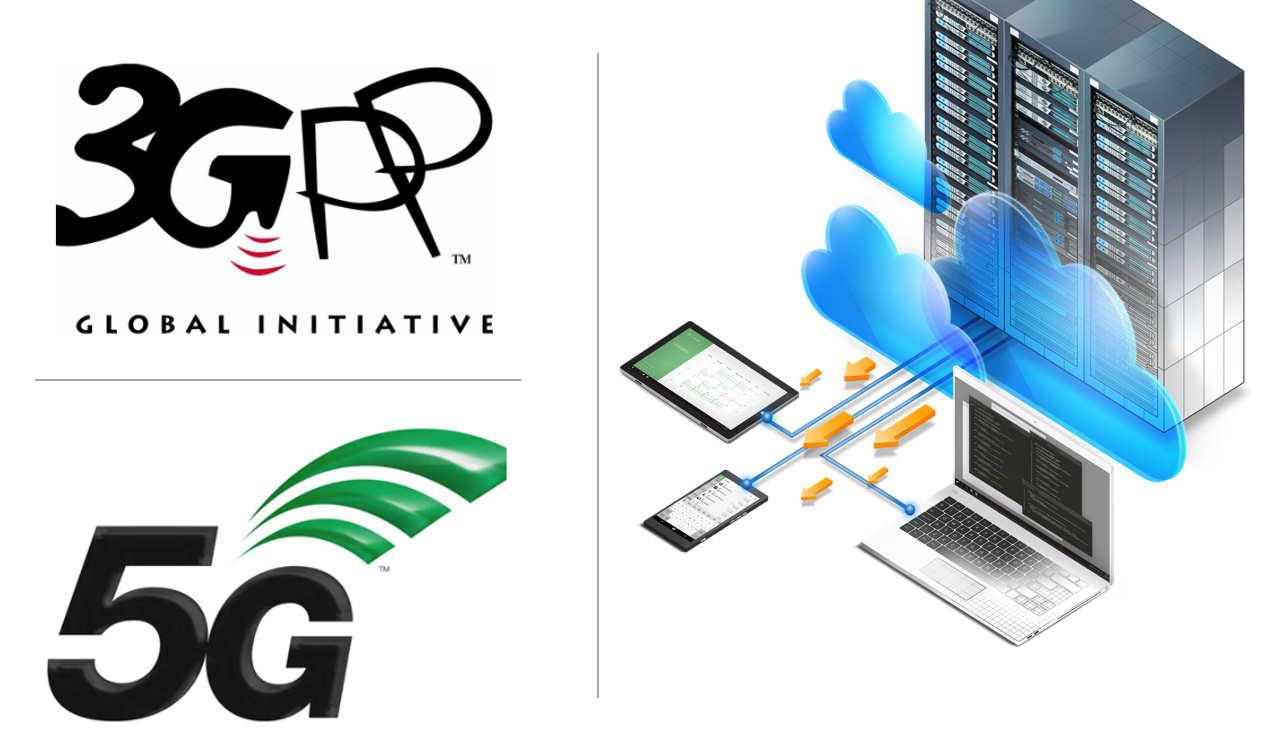
Private 5G / LTE is not a terribly complicated technology to deploy. If you are planning to deploy your own wireless data network on CBRS or licenses spectrum there are cloud based or on-premise solutions that are both affordable and easy to deploy.
A private wireless network with features and reliability beyond what you can build with WiFi might be critical to your current business plan. You could simply go to a large carrier and have them deploy your network virtually on their network. This can be expensive and might not guarantee that that carrier will not repurpose YOUR data for their own benefit. Tuning a network to meet your needs might also fall off as a low priority for them.
Deploying your own radios and managing the network yourself is actually as affordable as most industrial grade WiFi solutions but with far more capabilities.
We have partnered with several technology companies to provide full enhanced packet core functionality that we can integrate with your production pipelines. If you use a mix of on-prem and cloud services we can integrate using almost any software defined networking technology.
Call flow optimization is critical to reduce unnecessary processing of device sessions. Focusing on needed features, security and device performance can reduce initial deployment footprints significantly.

Feature focused design allows for simplification of downstream systems and the reduction of costs associated with supporting unneeded features.
Refactoring for the cloud:
Refactoring existing telco services to be more cloud friendly. Bloated container images and legacy configuration mechanisms can make full automation of telco products difficult if not impossible.
Many telco products have been built on top of older systems to leverage preexisting messaging busses, legacy protocols and upgrade methodologies. The telco industry is built around risk mitigation and the concept of “never” failing. This is partially due to the regulatory requirements and the desire to provide a “reliable” network. This philosophy clashes with the modern practice of embracing failure as a learning experience that can be incorporated into automation. The concept of deploying MVPs and improving over time is still not fully embraced. All features, functionality and fault tolerance is engineered in every “release”.
The 5G call flow natively is not cloud friendly, state is managed everywhere and requires constant synchronization and replication. Some of this is driven by the need to fulfill regulatory requirements but in most cases it is because the products are designed independently. Reviewing features and regulatory requirements can help identify where these inefficient replicates exist.
Many of these products still implement and support legacy methodologies on upgrading their software. This is the concept of “copy 0”, “copy 1”, “copy n”, where GA software is pushed as a complete persistent image. Depending on the technology there could be as many as 5 versions as part of every deployment. In addition each container image will have tooling installed intended to help troubleshoot, diagnose and remediate failures in running containers. The concept of validating declaratives and dependencies is usually not in practice.
As a best practice container images should be no larger than 1 GB is size. Container startup time is critical if there is a desire to leverage any type of auto scaling methodology. Having a 2TB+ container image that has rigid affinity and anti-affinity rules can be detrimental to the performance of an entire Kubernetes cluster not just the application trying to scale out.
Streamlining images with modern CI, Continuous Integration methodologies is an area we can help. Reducing bloat by solving the same problems with different methodology. Letting Infrastructure as Code do what it is intended to do.
If you are interested in having Halo help evaluate your technology for 5G/4G technologies just give us a call.

